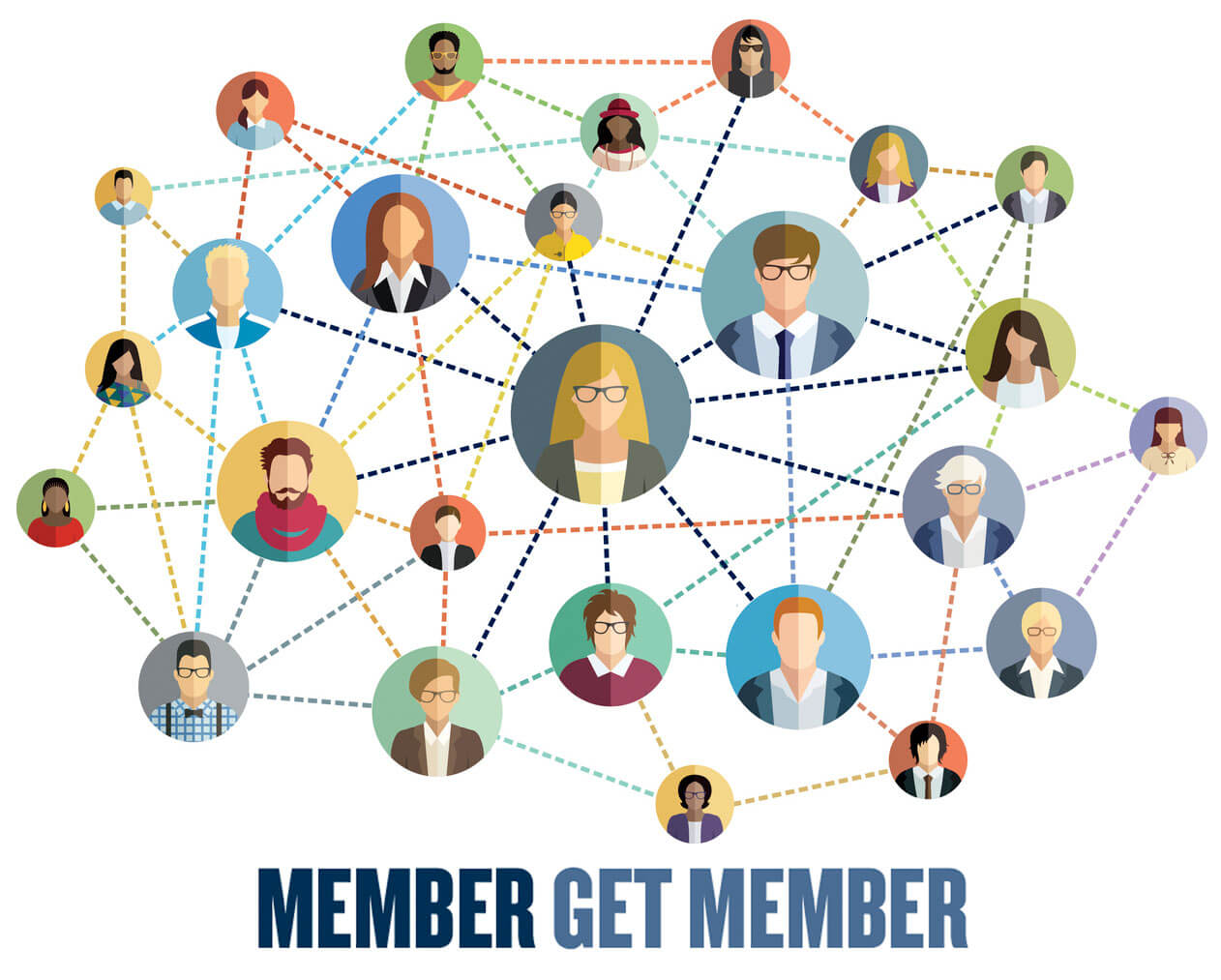I wrote recently about Multi-Platform experiences and how museums provide great examples.
This week I would like to have a look at one of those particular categories - how museum link together platforms to produce one whole visitor experience. Here are some current examples:
 Natural History Museum's Nature Plus Card - http://bit.ly/4zi0Bt - visitors use a card to tag their favourite exhibits as they walk around the museum's new Darwin Centre. When they are back home they can then access their personal website and view information about the items they "collected" on their card.
Natural History Museum's Nature Plus Card - http://bit.ly/4zi0Bt - visitors use a card to tag their favourite exhibits as they walk around the museum's new Darwin Centre. When they are back home they can then access their personal website and view information about the items they "collected" on their card.
Brooklyn Museum of Art's Click! Exhibition (http://bit.ly/1urliQ) – This was an exhibition curated by the public in 2008. Artists were asked to submit a work of photography that responded to the theme, "the Changing Faces of Brooklyn." A web audience then evaluated the works. This was then translated to a physical experience where the top 20% of works were displayed at the museum.
Ghosts of Chance at Smithsonian (http://ghostsofachance.com/) – An alternative reality game (or ARG), created multi-platform experiences. Visitors could take part online or in the museum, clues were given in person, on facebook, via text or phone message. The whole experience was multi-platform and received a huge amount of acclaim not only in the museum industry, but in the gaming world too.
SMARTguide at Tate – (http://bit.ly/LiduF) Visitors coming to Tate Modern in school groups explore the museum making notes with a handheld device, using drawing, recordings or text. Once back in the classroom they access their notes on a web-page and make presentations based upon their visit.
It is possible to write these projects off as a gimmicky explorations in new technology - a new buzz word for the visitor experience. However, these are experiences that museums are able to authentically produce that very few other organisations are - a museum USP as it were. And, if I'm right, then prepare to see more and more.
When you reach for the honey, you have to be careful you don't get stung. This project is no exception. Theirs many challenges to getting these projects right. But, I'd like to focus on the most obvious challenge for this type of project. To create an experience that is designed to jump between multiple platforms, you need to make project teams who link together well. These projects need vast amounts of successful collaboration to implement - buy-in from many different departments around the museum. For organisations that have an overly departmental structure or poor internal communication then it's likely to be a terrifying prospect. For those, who are small and light footed enough to have people with multiple skills who already collaborate on an everyday basis, these projects can provide an offer rarely found.
This makes this type of experience a high risk project. The truth is that the visitor rarely see the platform, they see the experience. So, if one platform fails, the whole experience could be considered a disappointment. Or, if one of the platforms chosen doesn't seem a logical step in the process, you lose the visitor into the abyss. I believe these links are, ultimately, what makes these great projects to both develop and experience, but they are also the trickiest part to get right.
So, what kind of organisation are you? Are you able to identify the opportunity for a multi-platform experience? Can you offer the flexibility for successful collaboration?






